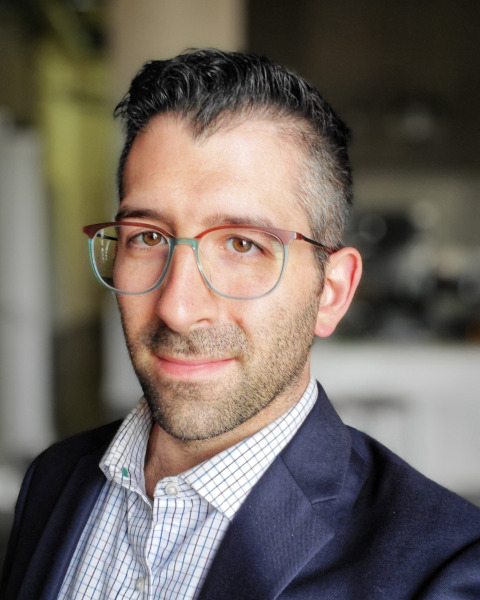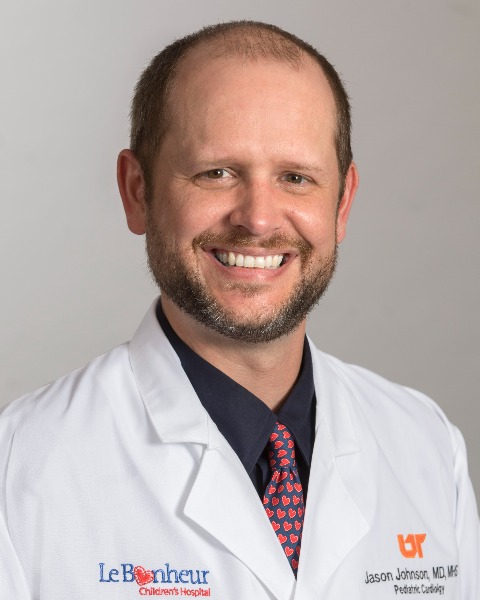Quick Fire Cases
Single Heart Beat Cine SSFP Utilizing Deep Learning in a Child with Non-Sustained Ventricular Tachycardia (QF_TH_032)

Anthony Merlocco, MD, MSt (Oxon)
Director of Cardiac MRI
LeBonheur Children's Hospital- MM
Matthew McArthur, RT
Clinical Research Technologist
GE Healthcare - XZ
Xucheng Zhu, PhD
Clinical Research Scientist
GE Healthcare - SH
Siyuan Hu, PhD
Clinical Research Scientist
GE Healthcare - AS
Alex Smith, PhD
Clinical Research Scientist
GE Healthcare - MG
Maria Gutierrez, MD
Pediatric Cardiology
Le Bonheur Children's Hospital - NP
Nirbhay Parashar, MD
Pediatric Cardiology
Le Bonheur Children's Hospital - RN
Ronak Naik, MD
Director, Fetal Cardiology
Le Bonheur Children's Hospital 
Jason N. Johnson, MD
Chief, Pediatric Cardiology
Le Bonheur Children's Hospital
Jason N. Johnson, MD
Chief, Pediatric Cardiology
Le Bonheur Children's Hospital
Presenting Author(s)
Co-Author(s)
Primary Author(s)
Co-Author(s)
A 9 year old male was found to have irregular heart rate during evaluation for shortness of breath. He has no family history of sudden death or cardiomyopathy. A 12-lead electrocardiogram (Figure 1) showed frequent premature ventricular contractions (PVCs) suggestive of a right-ventricular outflow tract origin and a Holter monitor showed 25% PVC burden and a 4 beat run of non-sustained ventricular tachycardia. The echocardiogram showed frequent ectopy with normal bi-ventricular systolic function.
Diagnostic Techniques and Their Most Important Findings:
A CMR was performed on a 1.5T GE SIGNA Artist scanner. The patient had claustrophobia so met with child life specialist and a plan was agreed to proceed with a free-breathing technique. There were frequent PVCs present throughout the scan. A quick cardiomyopathy protocol was performed that included the following sequences: 3 plane localizers, axial single shot (SS) steady state free precession (SSFP), 1-beat cine SSFP (2 chamber, 3 chamber, 4 chamber stack, short axis stack, right ventricular (RV) outflow tract, pulmonary valve, aortic valve), T1 map (short axis 3 slice), T2 map, rest perfusion, SS phase sensitive inversion recovery. One beat cine SSFP details: Field of view 320mm, slice thickness 8 mm, repetition time 3 msec, respiratory gating, flip angle 55, frames per second 30 with an image time of 0.954 sec. Importantly, the 1-beat cine SSFP employed a deep learning (DL) acquisition model (Sonic DL), which reduces the data needed for an accurate cine reconstruction. This advancement allows the collection of data at 1 slice/heartbeat, removing the need for sedation and providing exceptional image quality even during arrhythmias. The entire protocol took only 19 minutes.
There was mild RV chamber dilation (RV end-diastolic volume index (EDVi) 105 ml/m2) and normal RV ejection fraction (EF) 52% with no regional wall motion abnormalities of the RV (Figure 2&3). There was top-normal left ventricular (LV) chamber size (LVEDVi 87 ml/m2) and normal LVEF of 56%. The 1-beat cine SSFP provided excellent image quality. There was normal T1, T2, and extracellular volume with no myocardial late gadolinium enhancement.
Learning Points from this Case:
The CMR did not meet criteria for arrhythmogenic cardiomyopathy and the patient had a negative genetic cardiomyopathy panel. The 1-beat DL cine SSFP sequence allows for quick free-breathing assessment of ventricular function with detail to evaluate for regional wall motion abnormalities. This technique allows for pediatric patients to complete CMR studies quickly with accurate information and avoidance of sedation.

